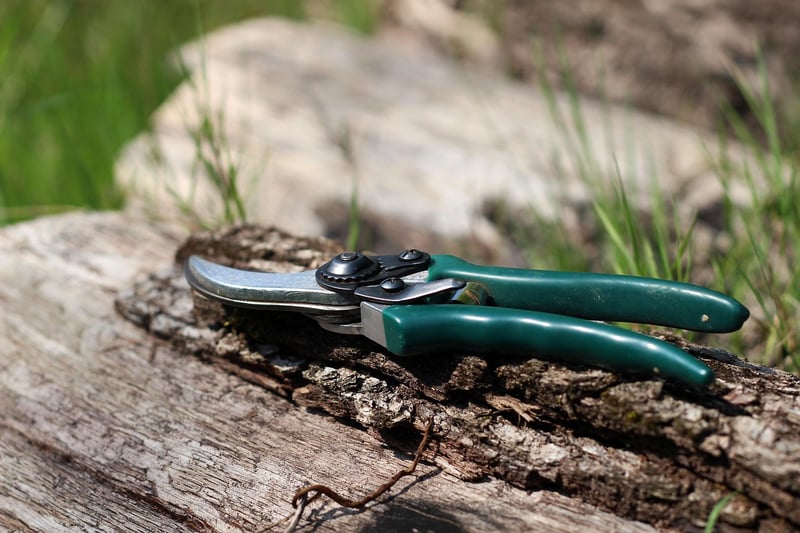Pruning techniques
Ensuring Healthy Plants: Essential Pruning Techniques
Proper pruning is a key component of maintaining healthy plants in your garden. By understanding the techniques and timing involved in pruning, you can promote growth, enhance flowering, and prevent disease. Here are some essential pruning techniques to help you keep your plants in top condition:
1. Remove Dead or Diseased Branches
Dead or diseased branches can inhibit the growth of a plant and attract pests. Use clean, sharp pruning shears to cut these branches back to healthy wood to prevent the spread of disease.
2. Shape and Control Growth
Pruning can help control the size and shape of a plant. Trim back overgrown branches to maintain a desired shape and encourage new growth in the right direction.
3. Promote Flowering and Fruit Production
Pruning at the right time can stimulate flowering and fruit production. Learn about the specific pruning needs of each plant species to maximize blooms and harvests.
4. Encourage Air Circulation
Thick foliage can block air circulation, creating a breeding ground for diseases. Thin out dense areas of the plant to improve airflow and reduce the risk of fungal infections.
5. Timing Is Key
Each plant has an optimal time for pruning to minimize stress and promote growth. Research the best time to prune your specific plants to achieve the desired results.
6. Pruning Tools
Invest in high-quality pruning tools such as shears, loppers, and saws to make clean cuts and avoid damaging the plant. Keep your tools sharp and sanitized to prevent the spread of diseases.
7. Seek Professional Help
If you are unsure about the pruning needs of a specific plant or if the task seems too complicated, don't hesitate to seek advice from a professional gardener or arborist.
By following these essential pruning techniques, you can ensure that your plants remain healthy, vibrant, and productive throughout the year.

For more detailed guidance on pruning techniques, you can refer to Royal Horticultural Society's pruning advice.
